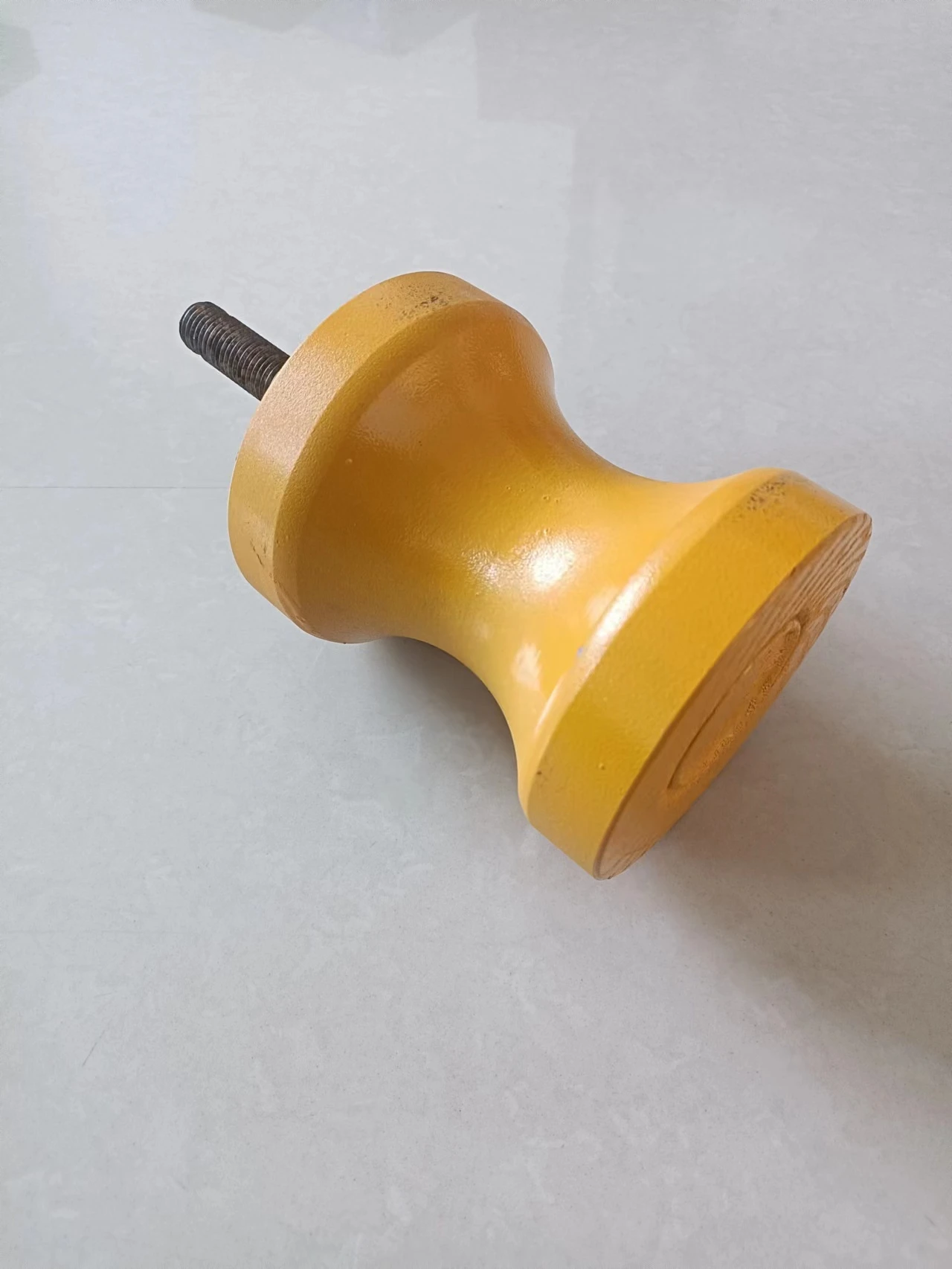 Afrikaans
Afrikaans  Albanian
Albanian  Amharic
Amharic  Arabic
Arabic  Armenian
Armenian  Azerbaijani
Azerbaijani  Basque
Basque  Belarusian
Belarusian  Bengali
Bengali  Bosnian
Bosnian  Bulgarian
Bulgarian  Catalan
Catalan  Cebuano
Cebuano  Corsican
Corsican  Croatian
Croatian  Czech
Czech  Danish
Danish  Dutch
Dutch  English
English  Esperanto
Esperanto  Estonian
Estonian  Finnish
Finnish  French
French  Frisian
Frisian  Galician
Galician  Georgian
Georgian  German
German  Greek
Greek  Gujarati
Gujarati  Haitian Creole
Haitian Creole  hausa
hausa  hawaiian
hawaiian  Hebrew
Hebrew  Hindi
Hindi  Miao
Miao  Hungarian
Hungarian  Icelandic
Icelandic  igbo
igbo  Indonesian
Indonesian  irish
irish  Italian
Italian  Japanese
Japanese  Javanese
Javanese  Kannada
Kannada  kazakh
kazakh  Khmer
Khmer  Rwandese
Rwandese  Korean
Korean  Kurdish
Kurdish  Kyrgyz
Kyrgyz  Lao
Lao  Latin
Latin  Latvian
Latvian  Lithuanian
Lithuanian  Luxembourgish
Luxembourgish  Macedonian
Macedonian  Malgashi
Malgashi  Malay
Malay  Malayalam
Malayalam  Maltese
Maltese  Maori
Maori  Marathi
Marathi  Mongolian
Mongolian  Myanmar
Myanmar  Nepali
Nepali  Norwegian
Norwegian  Norwegian
Norwegian  Occitan
Occitan  Pashto
Pashto  Persian
Persian  Polish
Polish  Portuguese
Portuguese  Punjabi
Punjabi  Romanian
Romanian  Russian
Russian  Samoan
Samoan  Scottish Gaelic
Scottish Gaelic  Serbian
Serbian  Sesotho
Sesotho  Shona
Shona  Sindhi
Sindhi  Sinhala
Sinhala  Slovak
Slovak  Slovenian
Slovenian  Somali
Somali  Spanish
Spanish  Sundanese
Sundanese  Swahili
Swahili  Swedish
Swedish  Tagalog
Tagalog  Tajik
Tajik  Tamil
Tamil  Tatar
Tatar  Telugu
Telugu  Thai
Thai  Turkish
Turkish  Turkmen
Turkmen  Ukrainian
Ukrainian  Urdu
Urdu  Uighur
Uighur  Uzbek
Uzbek  Vietnamese
Vietnamese  Welsh
Welsh  Bantu
Bantu  Yiddish
Yiddish  Yoruba
Yoruba  Zulu
Zulu Understanding the Function and Importance of Idler in Belt Drive Systems
Understanding Belt Drive Idlers An Essential Component in Mechanical Systems
Belt drive systems are an integral part of various mechanical applications, ranging from automotive engines to industrial machinery. In these systems, the smooth and efficient transfer of power is crucial for optimal performance. One of the key components that significantly enhance the functionality and efficiency of a belt drive system is the belt drive idler.
What is a Belt Drive Idler?
A belt drive idler is a type of pulley that is not directly driven by the engine or motor, but instead serves to guide and adjust the tension of the belt in a belt drive system. It does not contribute to the power transmission but plays a pivotal role in maintaining the system's stability and efficiency. Idlers are strategically placed along the belt path, and their primary function is to ensure that the belt remains in proper alignment, preventing slippage and wear.
The Importance of Belt Drive Idlers
1. Tension Regulation One of the main functions of idlers is to maintain the correct tension of the belt. If the belt is too loose, it can slip, leading to increased wear, decreased efficiency, and potential failure of the system. Conversely, if the belt is too tight, it can cause excessive stress on the components, leading to premature wear and possible breakage. Idlers help to adjust and stabilize the tension throughout the belt's lifespan.
2. Alignment Maintenance Proper alignment of the belt is vital for efficient power transmission. Misalignment can lead to uneven wear, noise, and vibrations, which can, in turn, affect the overall performance of the machine. Idlers are positioned to guide the belt precisely and ensure that it runs straight and true through the system.
3. Reduced Wear and Tear By maintaining optimal tension and alignment, idlers are instrumental in reducing the wear and tear on both the belt and other components in the drive system. This can lead to a longer lifespan for belts and pulleys, ultimately saving costs related to repairs and replacements.
belt drive idler

4. Noise Reduction A correctly aligned and tensioned belt runs more smoothly, thereby reducing vibrations and noise levels in the system. This is particularly important in applications where noise reduction is a critical factor, such as in HVAC systems or automotive engineering.
Types of Belt Drive Idlers
Belt drive idlers come in various types, each designed to suit specific applications. Some common types include
- Fixed Idlers These idlers remain in a static position and are used to change the direction of the belt or to maintain its tension.
- Adjustable Idlers These allow for adjustments to be made to the tension of the belt as it wears over time, providing flexibility in maintaining optimal conditions.
- Spring-Loaded Idlers These utilize a spring mechanism to automatically adjust the tension of the belt, responding to changes in load and belt wear without the need for manual adjustment.
Conclusion
Belt drive idlers may seem like simple components in a larger mechanical system, but their impact on efficiency, stability, and longevity is profound. By understanding the role of idlers in belt drive systems, engineers and maintenance professionals can ensure that their machines operate smoothly and reliably. Proper selection, installation, and maintenance of belt drive idlers will contribute to the overall health and performance of mechanical systems, leading to reduced downtime and greater productivity. Whether in an industrial setting, automotive application, or any other machinery requiring belt drive systems, the idler is a crucial player in the quest for efficiency and reliability.
-
Revolutionizing Conveyor Reliability with Advanced Rubber Lagging PulleysNewsJul.22,2025
-
Powering Precision and Durability with Expert Manufacturers of Conveyor ComponentsNewsJul.22,2025
-
Optimizing Conveyor Systems with Advanced Conveyor AccessoriesNewsJul.22,2025
-
Maximize Conveyor Efficiency with Quality Conveyor Idler PulleysNewsJul.22,2025
-
Future-Proof Your Conveyor System with High-Performance Polyurethane RollerNewsJul.22,2025
-
Driving Efficiency Forward with Quality Idlers and RollersNewsJul.22,2025





























